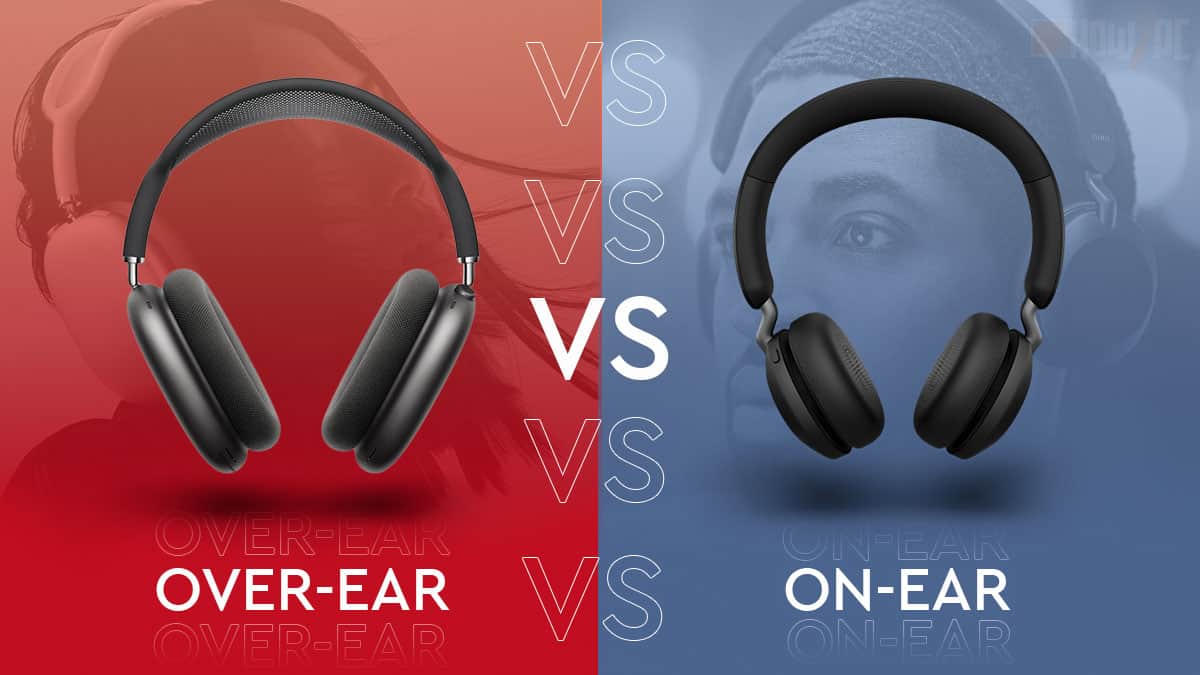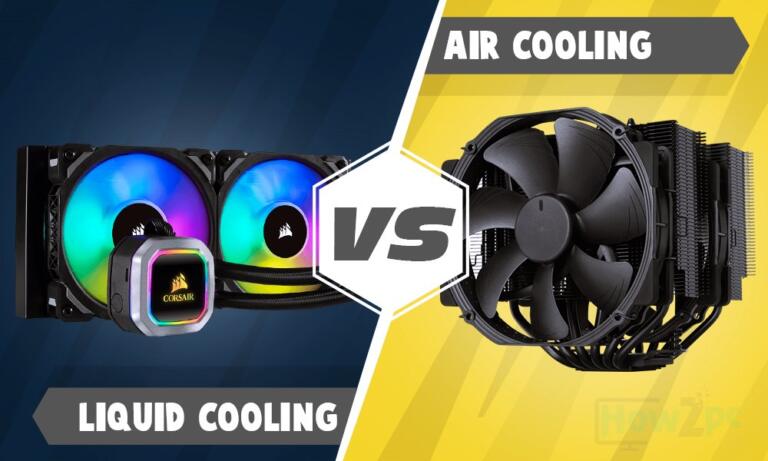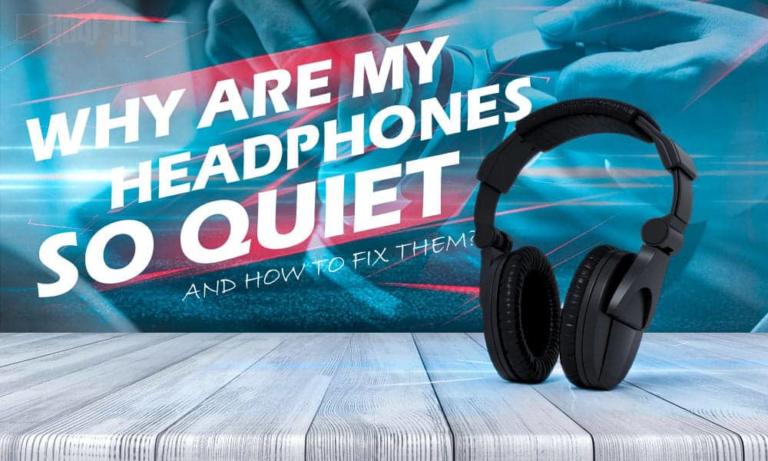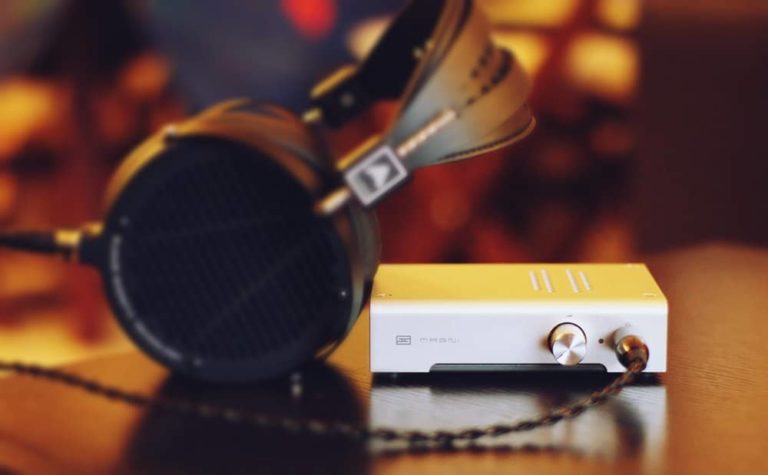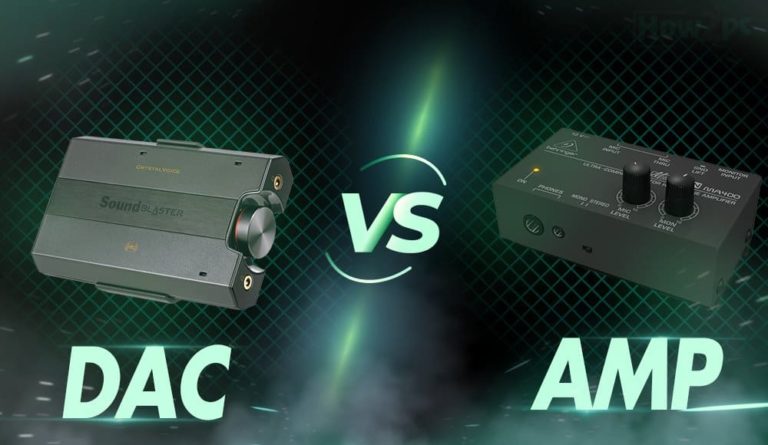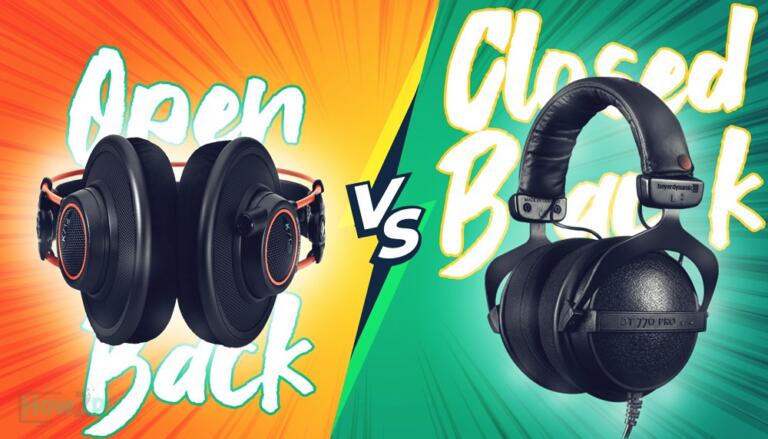I am sure at this point you are fed up with the overuse of on-ear and over-ear headphone terminology and are looking for what it actually means.
Let me tell you, you are not alone in this. Discerning between the two is indeed confusing but don’t worry as in this article I am going to break everything down about these two terms.
At the end of the article, you will no longer feel overwhelmed seeing these terms mentioned in a headphone advertisement page by having a firm understanding of the following:
- What is an On-Ear headphone
- What is an Over-Ear headphone
- How do these two headphones type compare
- The use case scenario of On-Ear and Over-Ear headphones
In the headphone industry today there exists a very fine margin between on-ear and over headphones.
Both of these terms are vaguely thrown around by manufacturers in their advertisement campaigns hence confusing the regular folks about the implication of these terms.
Let’s break down each facet of our On-Ear vs Over-Ear headphones topic today starting with the most basic information everyone needs to know.
How Are the Two Terms Used
These two terms are used to define a different style or type of headphone that we see in the industry today. Their implication is as follows:
What Is an On-Ear Headphone?
The On-Ear headphone term is used for any headphone that sits directly against or on top of the ear. These headphones usually have a compact footprint with slimmed-down frames and narrow earcups.
What Is an Over-Ear Headphone?
The Over-Ear headphone terminology is used for headphones that wrap around the ear. These headphones fully encircle the ear creating a seal around them. Over-Ear headphones are usually large and bulky, but this extra room results in a larger driver capacity.
RELATED:
Best Surround Sound Headphones
On-Ear vs Over-Ear Headphones: How Do They Differ
Besides having the design differentiation caused by the two different earcups styles these two types of headphones also differ in many other aspects as well.
The whole purpose of having a different design is because these headphones are subjected to different uses and hence the design is catered to meet some of the requirements of the different users of these two types of headphones.
I might be getting ahead of myself so here is a list of the advantage and the disadvantages of On-Ear and Over-Head headphones.
We will however do this a little differently. I will pitch both of these together in a certain category then after evaluating both headphones in the given category we will rule a definite winner.
YOU MAY ALSO LIKE:
Best Open Back Headphones for Gaming
Portability
Perhaps the most crucial aspect or one that doesn’t even matter depending on the person you ask. Regardless of your personal use case, we cannot deny that many people look for portability in their headphones.
Daily commuters and students alike prefer a lightweight and small companion by their side when they are listening to music on the go or during their short break.
If we put the portability equation on the two types of headphones then I am afraid the answer will vastly on each end.
Starting with the Over-Ear headphones. These headphones are designed to deliver the best sound quality possible and hence feature large drivers so portability is not a strong suit of these headphones.
While some Over-Ear headphones do feature foldable earcups and frames but generally speaking most of the Over-Ear headphones that you especially the good ones will be heavy and bulky. Quite the opposite for portable use.
On the contrary, if we bring On-Ear headphones into the equation then the whole portability argument makes sense.
These headphones from the get-go feature a foldable and collapsable design and due to their skinny and narrow nature can fit easily inside a messenger briefcase or a backpack.
On-Ear headphones also have small earcups that also facilitate their portability aspect.
Overall, in terms of portability, I am afraid it is a one-sided affair and On-Ear headphones decimate Over-Ear headphones in this category.
Winner: On-Ear headphones
YOU MAY ALSO LIKE:
Best Headsets Under $50
Sound Quality
Sound quality is the single most important thing in a headphone. After all, we buy our headphones for listening to music or other media and expect them to sound great but not all headphones are created equally.
If we take into consideration the two different types of headphones that we have at hand, then surely one edges out the other in this regard but what is it?
On-Ear headphones offer decent sound quality. Many high-end audiophile manufacturers make On-Ear headphones, but the reality is due to their compact nature On-Ear headphones have small drivers inside.
Therefore, this physical limitation relegates the sound of On-Ear headphones as being B class when compared to Over-Ear headphones.
Regardless of how well an On-Ear is tuned it will lose out to Over-Ear headphones based on the sheer size of the drivers found in the latter.
All the extra bulk and weight has to mean something right? Large drivers are the reason why Over-Ears headphones have that extra weight.
Having a large driver at bay these headphones can produce a much fuller sound that better represents the different frequency ranges.
Over-Ear headphones can be further divided into two categories based on sound and these being.
Closed-Back Headphones: Closed-back headphones are a breed of Over-Ear headphones that have an enclosure trim around the driver of the headphones and hence not allowing the sound created within the headphone to escape.
Open-Back Headphones: Open-back headphones refer to the type of Over-Ear headphones that have no mechanism in place to trap the sound generated inside the driver of a headphone.
For a more detailed breakdown of the closed-back and open back headphones refer to our article on the closed-back vs open-back headphones.
To put it simply if you want the best of the best sound quality get an open-back Over-Ear headphone while if you can compromise on the tinniest bit of extra rich sound and don’t want everyone to know about what you are listening to then get yourself a closed-back Over-Ear headphone.
Either way, Over-Ear headphones take the cake in terms of sound quality leaving On-Ear headphones in the dust leveling.
Winner: Over-Ear headphone
RELATED:
Why Are My Headphones So Quiet
Comfort
I always say that if a headphone is not comfortable then regardless of how good they sound you won’t be able to enjoy them for more than a minute or two.
What good does it hold if your ears keep getting soar and your head starts to hurt and if you are sensitive to these issues then you might want to go for the right type of headphones.
Which one is more comfortable from the two you ask? Well, let’s see.
On-Ear headphones are designed to sit against your ears. Just think about this for a second.
Now let me tell you regardless of how soft the padding material is on On-Ear headphones there will eventually be a point in time when your ears will start to soar.
This will happen regardless of if you use the most high-end headphones or budget ones. Let’s be clear I am not talking about 30 minutes to an hour of casual use because for a short duration like this On-Ear headphones will be fine
Rather I am talking about long 5-6 hours sessions of constant headphone-wearing. If you wear any pair of On-Ear headphones for this much, then eventually your ears will begin to soar. The intensity of this depends entirely on the material used for the padding.
On the contrary, if we examine the design of Over-Ear headphones then you will find that these fit around your ears.
This design approach is better for comfort since no pressure is being put on the ears and granted you get a headphone that has decent padding and a nice material then you can go on listening for hours with the headphone on and your ears will not become soar, nor will your head hurt.
Just a word of advice, if you live in a warm and humid climate then I suggest getting cloth or fabric earpads because the leather will trap excessive heat making your ears sweaty.
Winner: Over-Ear headphone
Noise Isolation
Noise isolation is not for everyone and for all situations, but you can’t deny that this is a very sort after featuring that people look towards in their headphones.
If you have understood the core principle of On-Ear and Over-Ear headphones, then you should understand by now that which offers better noise isolation. If not allow me to elaborate.
On-Ear headphones have small earcups and sit against your ear. Since these headphones literally sit on top of your ear, they do not create any seal around the ear.
Hence in this design configuration outside noise is allowed to seep into the audio you are listening to making you aware of your surroundings.
As you can see this is not the best of noise isolation but you, I can’t fault On-Ear headphones though because this implication also has its use but since we are evaluating headphones based on Noise Isolation then Over-Ear headphones fair better in this regard.
This is because from the ground up the design of Over-Ear headphones is made in a way that they sit around your Ear covering it completely and creating a seal around it.
This seal created around the ear does not allow for outside sound to penetrate in that easily hence isolating you from the outside world.
Winner: Over-Ear headphones
Use Case Scenarios for Over-Ear and On-Ear Headphones
Now that you have basic information on how Over-Ear and On-ear headphones differ in each category, I think it is time to access the application of these two sorts of headphones because they both strive in their own environments:
Where to Use Over-Ear headphones
Over-Ear headphones are mainly meant to be used on the desk hence they make for a great stereo pair for your computer setup or Tv setup.
Due to their exceptional sound, these headphones also make the perfect fit for mixing and other professional applications.
Over-Ear headphones also have the isolating characteristic and hence they thrive in situations where you want to shut yourself from the outside world. This can be when you are gaming, listening to relaxing music, or monitoring audio recordings.
Where to Use On-Ear headphones
The one aspect that On-Ear headphones do far better than Over-Ear headphones is portability hence they make for a great pair of headphones for travel and leisure purposes. You can use these headphones on your daily commutes or during travel situations when on an airplane.
On-Ear headphones are lightweight, and this facilitates people with an active lifestyle. These headphones form a great pair of exercising, running, and doing other related fitness-related activities.
Since On-Ear headphones lack sound isolation this also adds value to people with active lifestyles. When on a run or jog having the ability to hear your surrounding can be a lifesaver.
READ MORE:
How to Clean Headphones
How to Make Headphones Louder
Headset vs Headphones
What Does a Headphone Amp Do
What Does a DAC Do for Headphones
How to Connect Bluetooth Headphones to PS4
Conclusion
With everything covered now is the time to wrap up the article. To quickly summarize in this article, we discussed the different aspects of Over-Ear and On-Ear headphones.
By understanding their main characteristics, advantages, and disadvantages we were able to shed a light on the application of these two sorts of headphones.
Since they both are designed for a different application and made to handle certain tasks they thrive in their own environment.
Therefore, before buying I urge you to look at the characteristics of both headphones and see which they excel at and then see the use of each type of headphone to make a definitive decision.
Let me know in the comment section down below which headphone did you end up going with? Was it Over-Ear because of its sheer sound quality excellence or On-Ear because of its portability?
While you are down there also tell me about your favorite pair of headphones. I hope that you find the information I listed useful and all the best with your next headphone.

